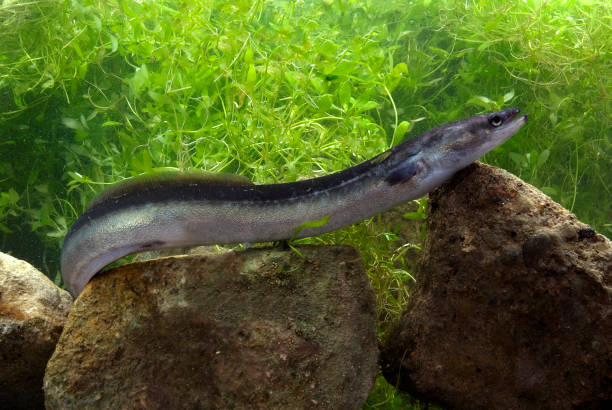The Hidden World of Crayfish: Freshwater Ecosystem Engineers
Beneath the rippling surface of streams, rivers, and ponds lies a fascinating world of tiny crustaceans that play a crucial role in aquatic ecosystems. Crayfish, often overlooked and underappreciated, are remarkable creatures that shape their environments in ways both subtle and profound. This article delves into the captivating lives of these freshwater decapods, exploring their importance, unique behaviors, and the challenges they face in our changing world.

The Evolutionary Journey of Crayfish
Crayfish have a long and fascinating evolutionary history that dates back over 250 million years. These resilient creatures have survived multiple mass extinction events and have adapted to a wide range of aquatic environments. Fossil records indicate that crayfish ancestors first appeared during the Permian period, evolving from marine lobster-like animals that gradually adapted to freshwater habitats.
Throughout their evolutionary journey, crayfish have developed remarkable adaptations that allow them to thrive in diverse aquatic ecosystems. Their hard exoskeletons provide protection from predators, while their specialized gills enable them to extract oxygen from water efficiently. Some species have even evolved the ability to survive periods of drought by burrowing into mud and sealing themselves in moisture-rich chambers.
Crayfish as Ecosystem Engineers
One of the most intriguing aspects of crayfish behavior is their role as ecosystem engineers. These industrious crustaceans actively modify their environments through various activities, significantly impacting the structure and function of aquatic ecosystems. Their burrowing habits, in particular, play a crucial role in shaping the physical characteristics of streams and ponds.
Crayfish burrows serve multiple purposes, providing shelter from predators and harsh environmental conditions. These excavations also contribute to sediment mixing, which helps oxygenate the substrate and promote nutrient cycling. Additionally, the burrows create microhabitats for other aquatic organisms, increasing biodiversity within the ecosystem.
The Diverse Diets of Crayfish
Crayfish are opportunistic omnivores with diverse diets that vary depending on the species and habitat. Their feeding habits play a significant role in nutrient cycling and energy flow within aquatic ecosystems. Most crayfish species consume a wide range of food items, including aquatic plants, algae, detritus, small invertebrates, and even small fish.
This varied diet allows crayfish to adapt to different environmental conditions and food availability. Some species are primarily herbivorous, while others are more carnivorous. The feeding activity of crayfish helps control aquatic plant growth, prevent excessive algal blooms, and break down organic matter, contributing to the overall health of the ecosystem.
Crayfish Behavior and Social Interactions
Despite their small size, crayfish exhibit complex social behaviors and interactions. Many species are territorial and engage in aggressive displays to defend their burrows or preferred feeding areas. These confrontations often involve raised claws, body posturing, and even physical combat, with larger individuals typically dominating smaller ones.
During mating season, male crayfish engage in elaborate courtship rituals to attract females. These displays can include claw waving, antennae touching, and chemical signaling through the release of pheromones. After mating, female crayfish carry their eggs under their tails for several weeks until they hatch, providing protection and ensuring a higher survival rate for their offspring.
Conservation Challenges and the Future of Crayfish
Despite their ecological importance, many crayfish species face significant conservation challenges. Habitat loss, pollution, and the introduction of invasive species pose severe threats to native crayfish populations worldwide. Climate change also presents a growing concern, as alterations in temperature and precipitation patterns can disrupt the delicate balance of freshwater ecosystems.
Conservation efforts are underway to protect endangered crayfish species and their habitats. These initiatives include habitat restoration, captive breeding programs, and the implementation of stricter regulations on water quality and invasive species management. Educating the public about the ecological significance of crayfish is also crucial in garnering support for conservation efforts.
As we continue to unravel the mysteries of these fascinating creatures, it becomes increasingly clear that crayfish are far more than mere ornaments in our freshwater ecosystems. Their role as ecosystem engineers, their complex behaviors, and their ability to adapt to changing environments make them invaluable components of aquatic biodiversity. By understanding and protecting these often-overlooked crustaceans, we can help ensure the health and resilience of our freshwater ecosystems for generations to come.




